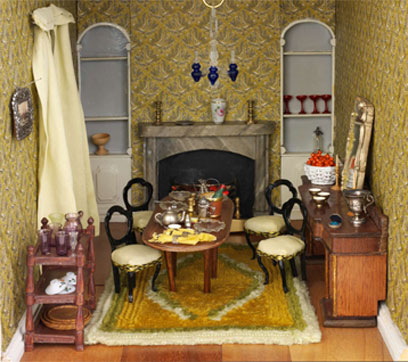This is the Brillat-Savarin Home/Link page.
He is here because he was the first to talk in a serious way about food itself and then in the context of the social situation.
He wrote a book published in 1826 which is used to this day by those who pursue the desire to understand the meaning of food and drink in western society.
It would be no surprise to anyone to confirm that the French were ahead in the food game in the early nineteenth century. The man under discussion wrote a series of sayings or maxims which, then, went under the name of aphorisms.
After being involved in the various political vicissitudes of France before and during the revolution, Brillat-Savarin (1755-1826) fled to the United States where he taught French. In 1797, he was allowed to return and was appointed counsellor to France’s Supreme Court of Appeal, a post he held until his death.
During his adult life, Brillat-Savarin remained a bachelor and spent his leisure time drafting various treatises on economics and history and an essay on the duel. He was interested in archaeology, astronomy, chemistry, and, of course, gastronomy, appreciating good restaurants.
He entertained frequently at home in the Rue de Richelieu in Paris and cooked some specialities himself, including tuna omlette, stuffed pheasant garnished with oranges, and fillet of beef with truffles... On 8 December 1825, two months before his death, the book which was to make him famous had appeared in the bookshops: "Physiologie du gout...”
Thus, the maxims or aphorisms were, essentially, mini-treatises on food in entertainment, hospitality and gastronomic philosophy. Not only did he act as a social commentator, he was able to view the world food situation.
There are many websites giving information on Brillat-Savarin. Probably the best has been found after posting the information given above. Go to:
http://www.practicallyedible.com/edible.nsf/pages/jeananthelmebrillatsavarin
The above text in green and another slant on his aphorisms beyond that given on this page and the next, can be found at
http://www.lib.k-state.edu/depts/spec/rarebooks/cookery/brillat1826.html
The translation of the aphorisms is, in places, different from those given below. An unusual feature of this site is that you can see the original French.
Regarding the assertion that the French were ahead culture-wise, compare the pictures. In the links at top left of this page, click "France - 1800s". [When you move on to the "Brillat-Savarin - a picture" page, you won't need to see it again.]
Mrs Hibberd's dining room is at the end of the panel below. It depicts family life in a house in London's fashionable Regents Park Terraces in the 1800s. Click the "London - 1800s" link.
These aspects receive mention in the lower panel:
aphorisms - disputable Savarin aphorisms
aphorisms (Savarin's) put into groups
aphorisms, Savarin's - in original order
Brillat-Savarin - first serious talker on food
Brillat-Savarin - Father of Gastronomy
diplomat - Savarin aphorism
French, the - were ahead, culture-wise
hospitality - Savarin's aphorisms
philosophy, lower - Savarin's aphorisms
philosphy, higher (Savarin's)
pie understood widely
pleasure - Savarin's aphorisms
Savarin - diplomat - aphorism
Savarin - disputable aphorisms
Savarin - first serious talker on food
Savarin aux fruits
Savarin's aphorisms in original order
Savarin's higher philosophy
truism - Savarin's aphorisms
Let's move on to puddings and pies.
Contact Alan F Harrison -
.

